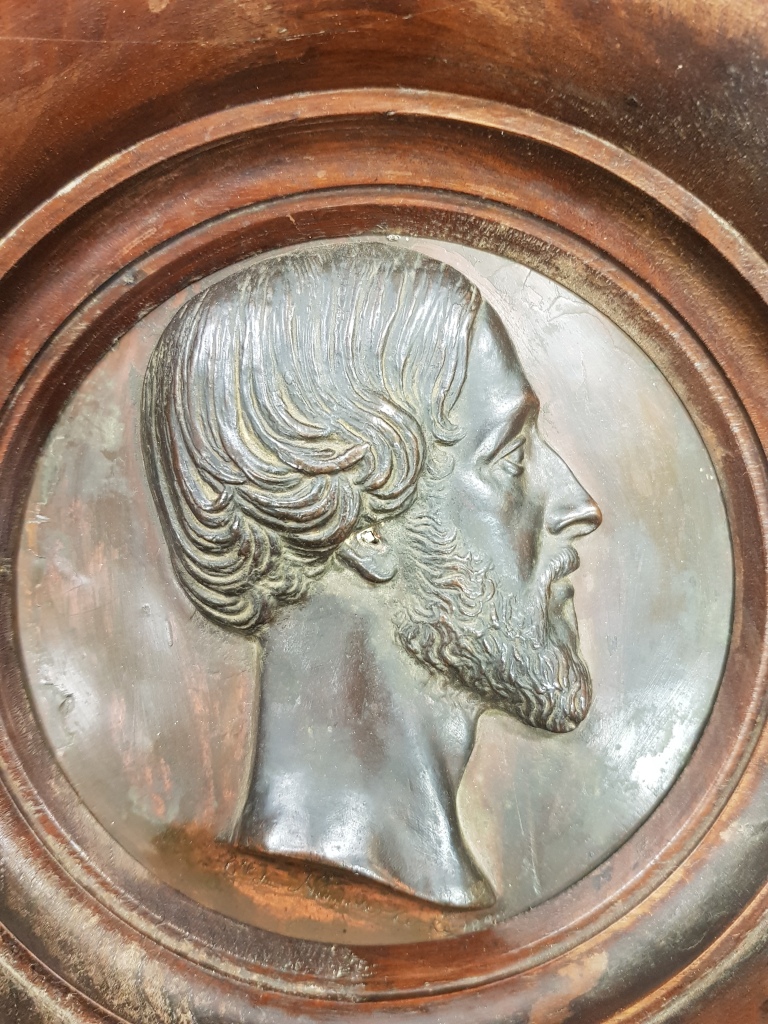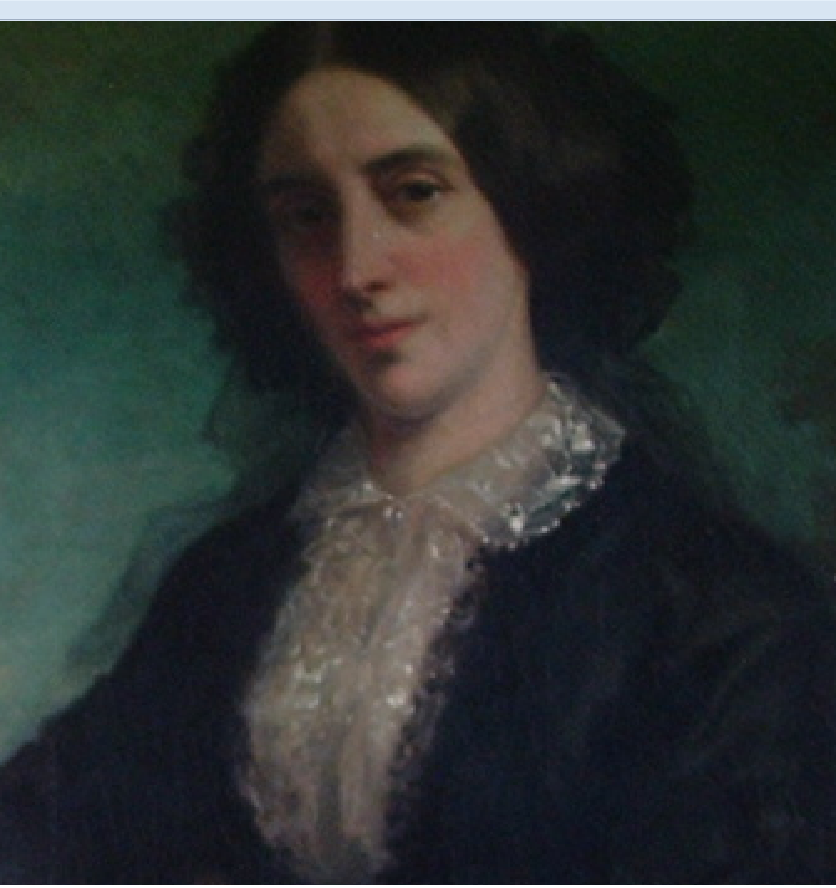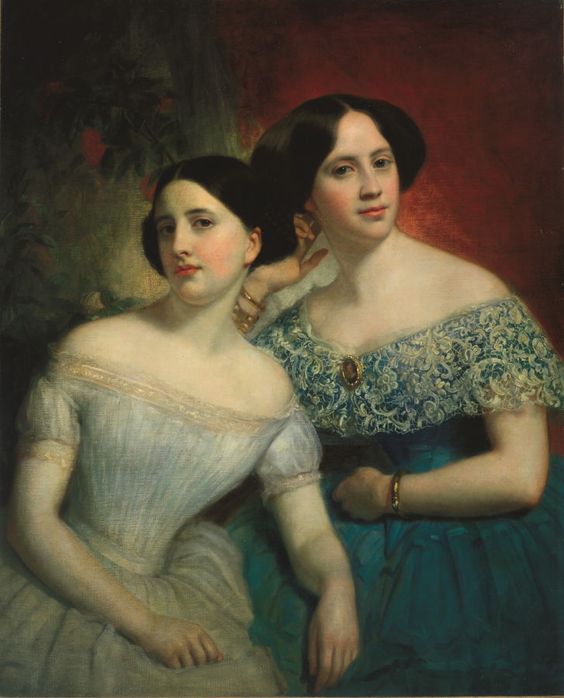And so the recounts of the Colonel’s masked ball continues. If nothing else, I will one day write this in a fictional form because… well I do love a good party!
COLONEL THORN’S BALL
Everyone in Paris knows the Hotel Monaco, a veritable reception area, which belongs to Mme Adélaïde, which M. Colonel Thorn, this American has become French by his taste and his killer prodigalities.
Many celebrations, many concerts have already been given in these beautiful salons soaked in splendid memories of another century; but none of these magnificent meetings can compare with the masked ball, which took place last Monday, and whose honors were performed with unparalleled ease by this family of Thorns, as well shared in terms of fortune as in that of beauty: I will have said enough by naming Mme de Varennes (de Varaigne), Mme Thorn younger and Miss Jenny Thorn.
For us who do not like these public pleasures where the first for its part and where no one is having fun, who do not understand the Opera despite its thousand lights and its monster orchestra, the carnival threatened this year to go unnoticed; it seemed that those crazy reminiscences of the month of February that we understand and glorify so well in Venice and Rome were driven from our beautiful Paris by I know not what Puritan influence; so the announcement of Colonel Thorn’s nocturnal feast stirred up all coquetry and all dreams, and I will be careful not to say how many hearts of young women and girls have throbbed deliciously at the approaching this magical evening. How many imaginations have beaten the countryside in search of a disguise or a fantasy!

With what importance and with what love we meditated on the style of his hairstyle or the physiognomy of his costume! But more than one hairdresser was lacking, more than one seamstress was surprised by the time that flees quickly in front of the pleasure, and among all these beautiful guests, more than one, alas! waited for his chaperone or his robe, while his horses pawed impatiently in the courtyard and in Mr. Thorn’s salons the various acts of the festival followed one another, rushing towards the denouement.
So let these noble ladies moan about the delays that we are not the cause of, and enter the Hotel Monaco. It is ten o’clock, and already the two large salons, where the paneling, mirrors and velvet shine with the brilliance of chandeliers and golden candelabra, are filled with a crowd who have left their coats of arms at the door, and who only values in Mr. Thorn the elegance of manners or the charms of beauty.
It is no longer the fashions of yesterday, the varigations of our era, our skimpy clothes and our stiff ties; all this aristocracy that crowds there has been, so to speak, transfigured; she returned as if by magic to the golden age of her ancestors.
We are no longer at M. Thorn’s: the hotel has not changed its name, it is still the rue de Varennes which passes under its high windows, but on the satin sofas, on the softly padded loveseats, they are the friends or companions of the Duchess of Châteauroux or Mme Dubarry.
Here comes to life again these beautiful reigns of Louis XIV and Louis XV, reign of glory, reign of pleasure. Here the duchesses de Lauzun, de Praslin, d’Egmont; further on, Mlle de Lafayette or Mlle d’Entragues, and, still going down, the Duchess of Presle, Mme de Montesson and the Marquise de Créqui.
This was the general aspect of the feast: there were many baskets, heels gnaws (?), swords and floating lace; it was a filial homage paid by nineteenth-century France, which was mostly found in Mr. Thorn, to nineteenth-century and eighteenth-century France.
Foreigners came, each carrying their own distinct individuality with them, all having something of the time they preferred or the country they loved. And these costumes nuanced to infinity, scattered with their colors and their numberless fantasies between four or five hundred guests, made the mind run without any effort, placing the transitions one beside the other, several periods of history.
The young and pretty Duchess of Dino was like a Dutch lady from the Spanish era, from that time when Guillaume-Ie-Tacilurne was in war and Marnix de Sainte-Aldegonde sang. The Countess of Semailoff wore the admirable costume of wealth and precious stones of the Duchess of Mantua, one of the stars of the Palatine family of Gonzaga. Beside her shone the Marquise de Poldi, in Princess d’Esté, Duchess of Ferrara, and everyone, seeing Eleanor’s mother so graciously rejuvenated, thought of poor Torquato Tasso, from whom M. Eugène Sue had borrowed the black velvet doublet.

What shall I say of the Marquise d’Alcanizes, lovely with freshness and radiance, and who, as if to give herself a living denial, amused herself by representing the Night? Her dress, of a vaporous black ga / .e was strewn with silver stars, and in her hair, the blonde Phoebé de Lamartine had taken the form of a brilliant crescent.
The Countess of Marescalchi, so beautiful and so praised when she was only a Demoiselle de Pange, was disguised as an undine. Elssler or Taglioni, I am sure, would have envied this costume, and would very much like to have imagined it. The Countess of Marescalchi had a silver cloth underside dress, the upper one of fine white gauze, on which were played, as on the transparent crystal of a stream, a multitude of sea plants and flowers. Mlle de Miraflores was admirably disguised as Gitana.
The graces of the Greek costume, the halo of poetry with which Byron so nobly surrounded him, had flattered more than one whim: Abydos’ fiancee had found her sisters in Lady Dorsay, Miss Collier, Miss Rolly and Mlle de Brignolles, the gracious daughter of the Ambassador of Sardinia – Mlle de Noailles and Mlle de Koneritz were charming as Jews, and the short petticoat of the Hungarian peasant woman was very suitable for Mlle d’Appony, the daughter of Ambassador of Austria. It was in truth the apotheosis of the peasant women. Fontenelle would have made all kinds of eclogues about it. Lady Georgina, daughter of Lord Granville, wore the costume of a rich English farmer in Cromwell’s time.
Miss Mac Farlen spread the virginal fragrance of the rosebush around her, Madame the Princess of Lingua-Glossa and Mlle de Rothschild had borrowed the picturesque attire of these dark-haired women of the countryside of Rome. Let us now judge of the effect which the arrival of a young and rosy woman must have produced, in the midst of all these diamonds and all these silk fabrics, these pompous trimmings and these breathtaking pompadour dresses, sweet emanation of Sorrente, brought in the midst of the lights of that aristocratic night on a ray of Italian sunshine!
An approving murmur rose in the passage of the beautiful Marquise de Salvo, who was forgotten under the brocaded, embroidered silk skirt, shimmering with colors, and the sky-blue satin bodice accented with gold of the peasant woman of the sweet Roman mountains.
At this moment a sort of fanfare was heard, the doors of the great gallery were opened, and the world, which until then encumbered the salons, flowed back there, urged by a masquerade of a taste quite appropriate : six men, species of carnival centaurs, dragged a chariot in which were two fantastic princesses, and of which the Prince of Belgiojoso was the Automedon.
The arrival of this masquerade in the large gallery was the signal for the dances. We began with the queen’s minuet, in which six ladies and as many horsemen appeared, and in which Mme la comtesse de Larochefoucauld, Madame de Varennes, Mme Thorn young, Mllc Jenny Thorn, the Marquise de Terzi, with the Count d’Appony, cousin of the Ambassador, the Marquis de Terzi, Count Estherazy, attached to the Embassy.
The Prince of Belgiojoso then sang the famous romance of Postillon de Lonjumeau, and while he sang, danced graceful brown and blond young ladies. After a mazourka, and I do not know how many steps of character and national dances which brought about, without anyone thinking of it , the right time for dinner.
Then one could admire at leisure the elegance and the variety of the iravestissemens: the Baroness Delamarre and Mme de Courval in huntresses of the time of Louis XIII, Mme the Baroness Anselme de Rotschild in Amazon of the century of Louis XIV, Mrs the Countess Lehon in hunting toilet, and more than ever faithful to the powder; and then, still in the same period and the same style, Madame la Marquise de Cabriac, the Countesses of Bonneval, de Gouillon, de Ségur, the two Marquises de Vaugué, Mlle Denin, the Countess of Laferonnays, de Lagrange, and others whose names escape me.
The Duchesses of Talleyrand, Berwick and Valençay, Princess Rausamoffsky, the Marquise de Brignolles and the Duchess of Valiero, were dripping with precious stones. The son of the Duchess of Berwick, a young man from sixteen to eighteen years old, wore, like a page from the court of the Emperor Maximilian, the satin justaucorps and the collar of that formidable Ferdinand Alvarez of Toledo, Duke of Alba, his ancestor; M. de Mareuil had a of the finest clothes of the century of Louis XIV that we have ever seen; the Duke of Ossuna, in Philip II, was of a prodigious folly and truth; Count Charles de Mornay, as a great Swedish lord, M. Anatole de Démidoff in Russian Tartar, M. de Varennes and M. Heanich in Arabs, the dukes de Valençay and Dino as lords of the court of William of Orange, at the time of the emancipation of the United Provinces, and M. Hope, as Dutch banker.
After supper, the quadrilles and gallops began again; at six o’clock (am!) only, Mr. and Mrs. Thorn retired to their apartments, and at this hour they were still dancing, between day and night, between the dying glow of the chandeliers and the first morning colors which whitened the draperies, had difficulty in leaving these pompous salons, in saying goodbye to this party which has had no equal this winter and which will not have its next day, so much that night, the melancholy chariot of the hours had rolled fast on the threshold from the Monaco hotel.















Leave a comment